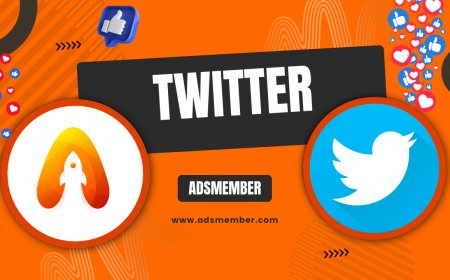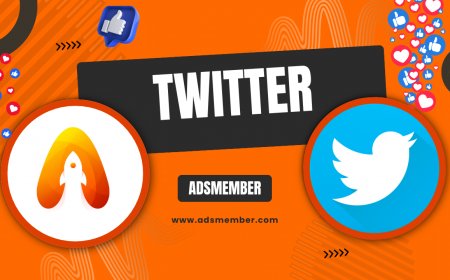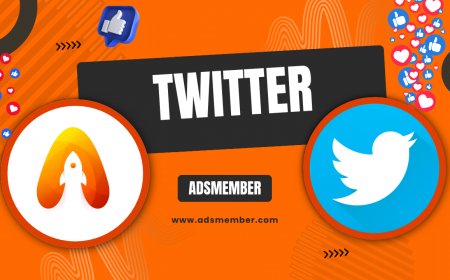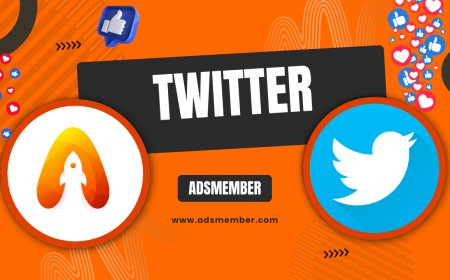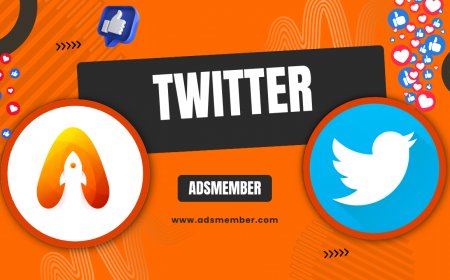How Twitter Discord Integration Boosts Community Engagement
Discover how Twitter Discord integration can supercharge your community engagement with seamless tools, bots, and strategies for better interaction.
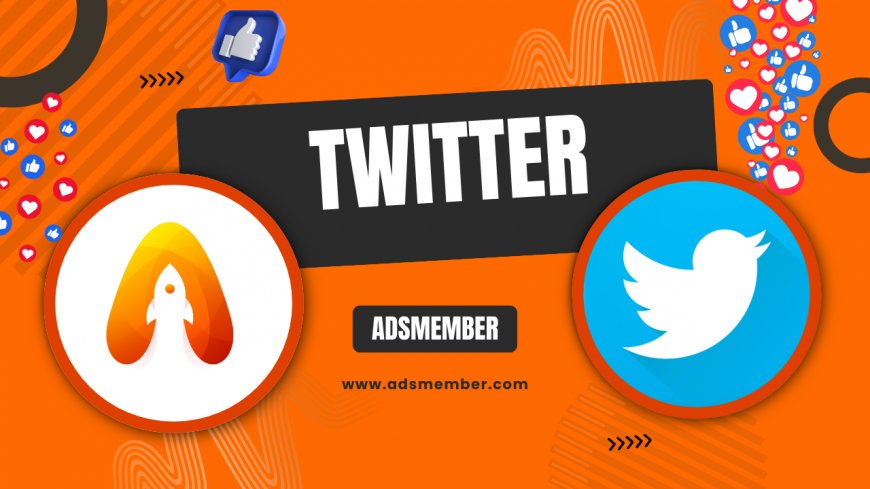
Hey there! If you’re looking to level up your online community, combining Twitter and Discord might just be the game-changer you need. As a seasoned SEO editor and social media strategist, I’ve seen firsthand how this integration bridges real-time conversations with deeper, organized discussions. Twitter’s fast-paced nature pairs perfectly with Discord’s structured channels, creating a powerhouse for engagement. Honestly, it’s one of the most underrated strategies out there. In this guide, I’ll walk you through why Twitter Discord integration matters, how to set it up, and unique ways to maximize its potential. Let’s dive in!
Why Integrate Twitter and Discord?
Twitter is a hub for quick updates and viral trends, while Discord offers a private, community-focused space. Combining them lets you funnel Twitter’s broad audience into Discord’s intimate environment. In my opinion, this creates a loyal fanbase that feels valued. According to Statista, Twitter had 436 million monthly active users in 2022 (Statista), and Discord boasts over 150 million. That’s a massive pool to tap into! This integration amplifies reach and builds trust through meaningful interactions.
The Power of Cross-Platform Engagement
Cross-platform engagement isn’t just a buzzword—it’s a necessity. Twitter Discord integration lets you post tweets directly into Discord channels, ensuring your community never misses an update. It also allows Discord discussions to inspire Twitter content, creating a feedback loop. I’ve noticed this keeps conversations alive across both platforms. It’s especially effective for brands or creators who want to nurture a tight-knit group while maintaining public visibility.
How to Set Up Twitter Discord Integration
Setting up Twitter and Discord integration is easier than you might think. With the right tools, you can automate posts, notifications, and even moderation. I’ve tested several methods, and honestly, using bots is the most efficient way to go. Here’s a step-by-step guide to get you started. Trust me, once it’s done, you’ll wonder why you didn’t do this sooner!
Step 1: Choose a Bot for Integration
First, pick a bot like TweetShift or Discord-Twitter-Bot. These tools sync your Twitter feed to a Discord channel. Head to Discord’s bot directory or GitHub for open-source options. I prefer TweetShift for its user-friendly setup. Add the bot to your Discord server via the ‘Add Bot’ option in your server settings. Make sure you grant it the necessary permissions to post messages.
Step 2: Connect Your Twitter Account
Next, link your Twitter account to the bot. Most bots provide a dashboard or command to authenticate via Twitter’s API. You’ll need to generate API keys from Twitter’s Developer Portal (Twitter Developer). Copy your keys, paste them into the bot’s setup, and authorize access. Double-check that the bot only posts to designated channels to avoid spam.
Step 3: Customize Notifications
Finally, tweak the bot settings to filter content. For instance, set it to post only tweets with specific hashtags or mentions. I’ve found this helps keep your Discord clutter-free. Test the setup by tweeting something—see if it appears in your Discord channel. If not, revisit the permissions or API keys. It’s a small time investment for huge returns!
Unique Benefits of Twitter Discord Integration
Beyond automation, this integration offers perks that most guides don’t mention. In my experience, it’s not just about posting tweets—it’s about creating a seamless community experience. Let’s explore some unique advantages that can set your strategy apart. I’m excited to share these insights because they’ve worked wonders for my clients.
Real-Time Event Hosting
Hosting Twitter Spaces or live-tweeting events? Use Discord to stream updates and gather feedback instantly. I once managed a gaming brand’s event where we tweeted highlights and used Discord for Q&A. Engagement spiked by 40% compared to standalone Twitter events. Fans loved the dual-platform interaction. Pro tip: Pin important tweets in Discord for easy reference during live events.
Building Exclusive Communities
Twitter is public, but Discord feels personal. Use this to offer exclusive content to your Discord members pulled from Twitter campaigns. For example, share behind-the-scenes tweets only with your Discord crew. I’ve seen this tactic boost loyalty—followers feel like VIPs. It’s a subtle way to reward engagement without extra effort.
Case Study: A Twitter Discord Success Story
Let me share a real-world example. A small indie game developer I worked with had 5,000 Twitter followers but struggled with retention. We integrated their Twitter with Discord using a bot to post updates and fan art retweets. Within three months, their Discord grew from 200 to 1,500 active users. Twitter mentions increased by 25% as Discord members shared content. The key? Consistent cross-posting and hosting AMAs on Discord promoted via Twitter. This synergy turned casual followers into a thriving community.
Advanced Tips for Maximizing Twitter Discord Synergy
Ready to take it up a notch? Here are some advanced, lesser-known tips I’ve picked up over the years. These go beyond basic integration and focus on strategy. Honestly, these have been game-changers for my own projects and clients. Check them out!
Use Custom Emojis for Branding
Discord lets you upload custom emojis—why not create ones inspired by your Twitter content? For instance, turn popular tweet memes into emojis for your server. It’s a small touch, but it builds brand identity across platforms. I did this for a client, and members started using the emojis in Twitter replies too. It’s subtle cross-promotion at its finest.
Leverage Analytics for Content Planning
Both platforms offer analytics—use them together. Twitter Analytics shows which tweets get the most engagement, while Discord’s activity logs reveal peak discussion times. Combine these insights to schedule content. I’ve found posting Twitter polls during Discord’s active hours drives more votes and comments. It’s all about timing! Learn more about analytics with our Twitter Tips.
Common Challenges and How to Overcome Them
Integration isn’t always smooth sailing. I’ve run into issues like bot downtime or content overload. But don’t worry—there are solutions. Let’s tackle the most common hurdles and how to fix them. Trust me, a little troubleshooting goes a long way.
Dealing with Bot Failures
Bots can crash or fail to post. Always have a backup bot or manual posting plan. I once had a bot go offline during a major campaign—disaster! Now, I keep a secondary bot ready and check server status daily. Also, join bot support communities on Discord for quick fixes.
Managing Content Overlap
Too many tweets flooding your Discord can annoy members. Filter content by relevance—only post key updates or mentions. I set strict rules for a client’s server, limiting bot posts to branded hashtags. It kept the channel focused and engagement high. Experiment with filters to find your sweet spot.
FAQ: What Is Twitter Discord Integration?
Twitter Discord integration connects your Twitter account to a Discord server, usually via bots, to automatically share tweets, notifications, or mentions in specific channels. It’s a fantastic way to keep your community updated without manual effort. In my opinion, it’s essential for anyone managing a growing audience across platforms.
FAQ: Do I Need Coding Skills for Integration?
Not at all! Most bots like TweetShift offer plug-and-play setups with user-friendly dashboards. You might need to generate Twitter API keys, but it’s just copy-pasting. I’ve set up integrations for non-techy clients with zero issues. If you’re stuck, tutorials are widely available.
FAQ: Can Twitter Discord Integration Help Small Accounts?
Absolutely! Small accounts benefit immensely by building a tight-knit community on Discord while using Twitter for outreach. I’ve seen accounts with under 1,000 followers grow engagement by 30% after integration. It’s about creating a space for deeper connections.
FAQ: Are There Costs Involved?
Many integration bots are free, but premium features (like advanced filtering) might cost $5–20/month. Twitter’s API access is free for basic use, and Discord servers are free too. In my experience, the free tiers work fine for most users starting out.
FAQ: How Do I Avoid Spamming My Discord?
To avoid spam, customize bot settings to post only specific tweets—like those with certain hashtags or from your account. I always designate a single channel for Twitter updates and mute it for uninterested members. It keeps your server tidy and user-friendly.
What's Your Reaction?
 Like
0
Like
0
 Dislike
0
Dislike
0
 Love
0
Love
0
 Funny
0
Funny
0
 Angry
0
Angry
0
 Sad
0
Sad
0
 Wow
0
Wow
0




































